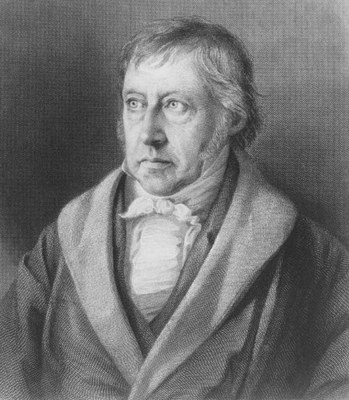Georg Wilhelm Friedrich Hegel (1770–1831)
erstellt von
—
last modified
2020-05-25T11:03:34+02:00
Wikimedia Commons
Wikimedia Commons
Lazarus Sichling (1812–1863), portrait of Georg Wilhelm Friedrich Hegel (1770–1831), steel engraving after a lithograph by Julius L. Sebbers (1804–1837), after 1828; source: Wikimedia Commons, http://commons.wikimedia.org/wiki/File:Hegel.jpg, public domain.
Between "Bildung" and "Wissenschaft": The 19th-Century German Ideal of Scientific Education@German Education and Science@(BE)@freigabe
Literary transfers between the Orient and the West, 17th–20th century@East West Literary Transfers@(BE)@freigabe
Mediterraneum@Mediterraneum@(BE)@freigabe
Model America@Model America@(ÜB)@freigabe
Oriental Despotism@Oriental Despotism@(BE)@freigabe

